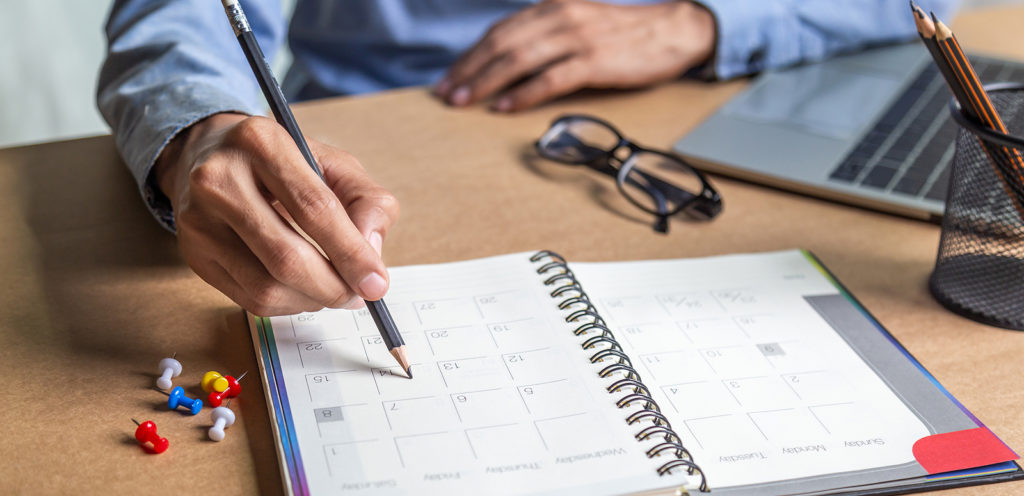City compost facilities can offer many benefits to a community, including ways to handle yard waste more effectively while also using better environmental practices. These facilities allow citizens to get rid of grass clippings, leaves and tree trimmings which is then converted to compost – a dark, crumbly organic material that results from controlled decomposition of materials such as yard and food waste.
Since 1991, Iowa has prohibited yard waste from being placed in landfills. In addition, Code of Iowa Section 455D.9 states that cities must require residents to separate yard waste from other solid waste and provide a collection system such as curbside collection or drop-off sites. To manage yard waste more efficiently and economically while lessening the impact on the environment, some cities have turned to creating a community compost facility. While this solution offers many benefits, cities should have a good understanding of the regulations and best practices before implementation.
Establishing a Compost Facility
The Iowa Department of Natural Resources (IDNR) oversees compost facilities and provides the administrative rules to which such facilities must adhere. The first step in establishing a compost facility is to get a permit from the IDNR (see Iowa Administrative Code 567 Chapter 105 for a full description of the requirements). Permit applications can be downloaded from the IDNR’s website and applicants will need to provide information on the facility’s location, the owner/operator of the facility, the annual capacity and the method of composting to be used. Several required documents must be attached to the application, including a site design plan, site operation plan, operator certification and emergency response plan.
Facility and Site Requirements
Sites must be located 500 feet from any inhabited residence, 200 feet from public wells, and 100 feet from private wells and ponds, streams, rivers or lakes. Facilities must have all-weather surfaces and include signage which detail the hours of operation, accepted materials and emergency contact number.
City officials will need to ensure the facility is designed properly to meet citizen demands. The site will need to be large enough to accommodate incoming yard waste and a benchmark to use is at least one acre for every 6,000 cubic yards of waste (which is roughly 900 tons). The site should also include drop-off, unloading and storage areas.
Waste Collection and Facility Management
Another key element is how materials will be collected. Communities must offer either curbside collection or drop-off sites for citizens to dispose of yard waste. Curbside collection is obviously more convenient for residents but more expensive for the city. Drop-off sites require citizens to transport waste, which could be an obstacle to participation. City officials should also plan for the management of the facility, including staffing and equipment needs, hours of operation and maintenance costs. Site plans should include methods to prevent water runoff and avoidance of leachate discharge, which is a liquid that seeps through decomposing organic material and must be treated as wastewater. Finally, city officials will need to plan for uses of the compost, which can include use by the city for community gardens or parks, offering it freely to farmers, residents or businesses, or selling it to consumers (if a city wishes to sell its compost, it must register with the Iowa Department of Agriculture and Land Stewardship).
Composting Best Practices
After setting up a good site and facility, compost operators can begin employing best practices to ensure their facility offers residents a place to discard yard waste and other accepted materials while also producing quality compost. Compost piles need oxygen to work properly and piles should be turned frequently as this will help keep the temperature of the pile under 160 degrees Fahrenheit and also reduce odor problems. At the beginning of the process, pile temperatures should be at least 131 degrees Fahrenheit for 15 consecutive days and temperatures should not exceed 160 degree Fahrenheit (a compost thermometer can be purchased online). Moisture is also a key ingredient to successful composting as material will not break down if they are too dry. Compost material should feel like a moist sponge but not dripping wet.
Learn more on the U.S. Composting Council website.






